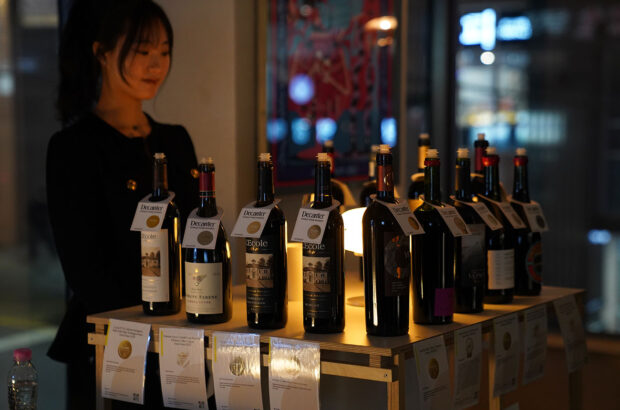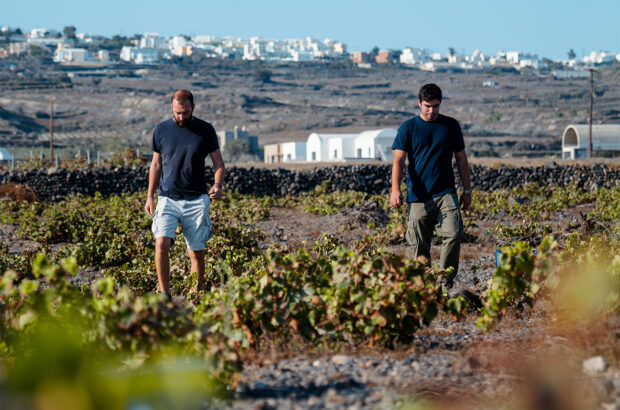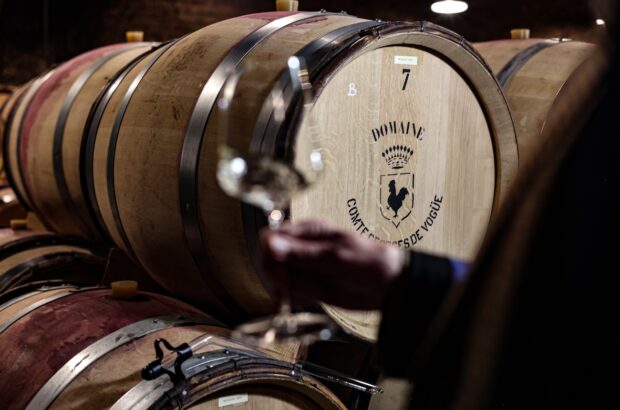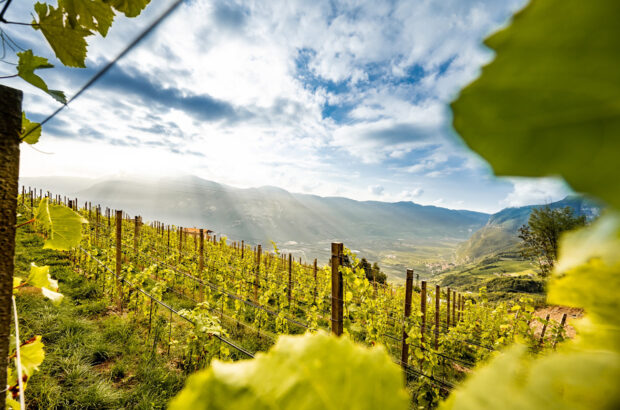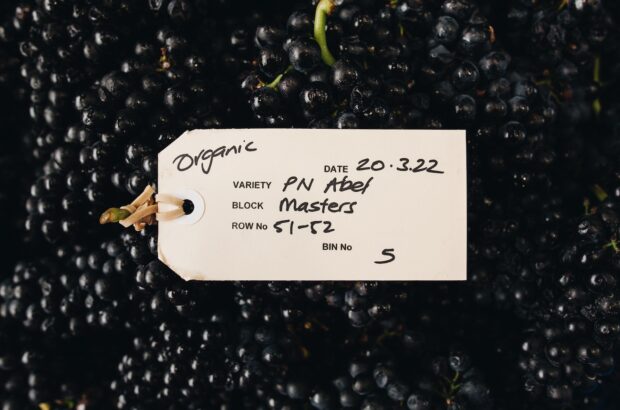The relationship between wine and culture is discussed in two ways.
First, uncontroversially, wine is said to be part of culture – associated with social, religious and institutional practices. Second, wine offers insight, it’s argued, into the culture in which it was produced. It represents it and, metaphorically, transports you to the time, the place and the society from which it originates. Let’s examine this latter claim.
What, in German culture, is represented by dry Riesling? Do sweet Riesling, sparkling Sekt and red Spätburgunder represent the same part of German culture? In French culture, what changed in the 1980s to cause the shift from red to white Sancerre? How is Spanish culture represented through the wines of Rioja, which were significantly influenced by expat winemakers from Bordeaux in the 18th century? When the Douro’s Niepoort estate says that its Encruzado is made like German Riesling, whose culture does it represent? And, finally, whose cultures do the wines of South Africa, New Zealand, Australia, Chile or Argentina represent? And so, as Vega Sicilia’s Furmint representation of Hungarian culture at its Tokaj-Oremus estate seems fuzzy at best, I doubt answers to such questions are readily available or even possible to formulate.
So how about the more general question of what wine represents? Is wine a message that extends beyond its agricultural site?
In the social sciences, ‘sense of place’ is defined as social experiences and identities of place. To say that wine is representative of this seems dangerously close to the idea that it represents a culture. To put it more directly, I have no idea how a premier cru Fourchaume wine represents a ‘sense of Chablis’, especially bearing in mind that Rosemary George MW, the authority on Chablis, was once unable to identify ‘Fourchaume-ness’, despite having blind tasted 27 examples. To be honest, I don’t even know what a sense of Chablis might be. So, to argue for some uniform sense of place, the same for everybody, represented by dramatically different wines (just compare producers Clotilde Davenne and Louis Michel), seems quite unwise.
Perhaps, then, wine is representative of the winemaker’s intent, assuming, of course, that this intent is in unison with the paymaster’s. Indeed, at least some winemakers say their wine starts in their heads. ‘I am the terroir,’ I heard once from an Argentinian winemaker. And I find it convincing.
Yet vintages vary and tastes and fashions change, so I wonder how clear the message can be. Does it not become vague as, to use Chablis again, you witness desperate producers giving up on their organic ideals because banks don’t tolerate mildew very well? Surely, the heartbreaking sight of grand cru Les Clos in July 2024, with most of the grapes blighted by mildew, makes the representations of the sense of place or even the winemaker’s intent somewhat blurred.
But does it actually matter? Are discussions of wine-as-message relevant to the average wine drinker? To put it differently, is there someone to receive the message? Judging by my drinking experience and research, no, there isn’t. The message sent by the winemaker is likely to fall on deaf ears as most of us, regular wine amateurs, drink wine simply because it’s delicious. Hardly anyone listens, I’m afraid.
Wines from Chablis, Rioja, Mosel and Tokaj aren’t wonderful because they represent something – culture or otherwise. They are wonderful because they’re intrinsically delicious, breathtaking even. And so, instead of worrying what wine represents and says (it’s still to speak to me, I’m sorry to report), let us enjoy it while we still can.
Time and again, we hear that wine needs a positive message. I doubt such a message will come from representations of culture or a sense of place. Rather, I think it will come from the wonder of experiencing wine, from the sheer joy that it brings.
In my glass this month
I first discovered Péter Setét’s Míves Borház, Istenhegy-Meggyes Dry Furmint, Tokaj, Hungary 2013 (bottle 2,739) in the wine shop Powinno, in Wroclaw, and I was sceptical. Amazingly, it continues to be the best dry Furmint I’ve ever tasted, breathtakingly complex and offering an experience rarely found for under €20. I suppose the elusive winemaker, with his labels designed by the Polish importer and a handwritten bottle number on the back label, all add to the wonder.




